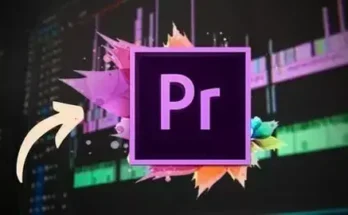15 Jun 2020 | 4 GB
Hey guys,
John Douglass here – Welcome to my Fast Track on tuning and editing vocals! Along with editing drums, editing vocals is one of the most common and important tasks that goes on in the creation of a modern record. People have been using various pitch and time shifting techniques for ages to try and patch together the perfect lead vocal, and my years of experience in production have exposed me to a variety of different editing and tuning techniques that should cover most any situation you may encounter.
Perhaps more than other musicians, vocalists can be sensitive creatures, and knowing how to make a vocalist sound his/her best quickly whatever the conditions are will help earn you the trust of the clients you work with. That includes being able to polish performances quickly and developing an ear for good vocal arrangements.
My DAW of choice is Pro Tools but the techniques used here can be applied to any DAW and I cover a range of different tuning software, different styles of editing, and different vocal timbres so when a vocalist comes into your studio and shows all the signs of being nervous or unwilling to ‘let go’, you will have the confidence in your own ability to make them sound better than they could’ve imagined themselves, and then let them get on with performing at their best.
Whether you’ve spent time in Auto-Tune, Melodyne, Vocalign, Revoice, or none of the above you will find something in this Fast Track that will up your production game. Looking at the state of modern pop and rock productions today, it’s clear to me that the importance of a great sounding vocal will always be paramount and the bar has never been higher in terms of innovation in arrangements, tuning, editing, and mixing. This Fast Track is designed to quickly get your vocal editing chops up to par when it comes to these crucial skills.
Let’s Do This!
– John Douglass
[toggle title=”Home page”]https://tinyurl.com/y8yegutu[/toggle]
https://alfalink.to/6c582e88dfd0833f5e9b
Please REPORT in Comment Broken Links





